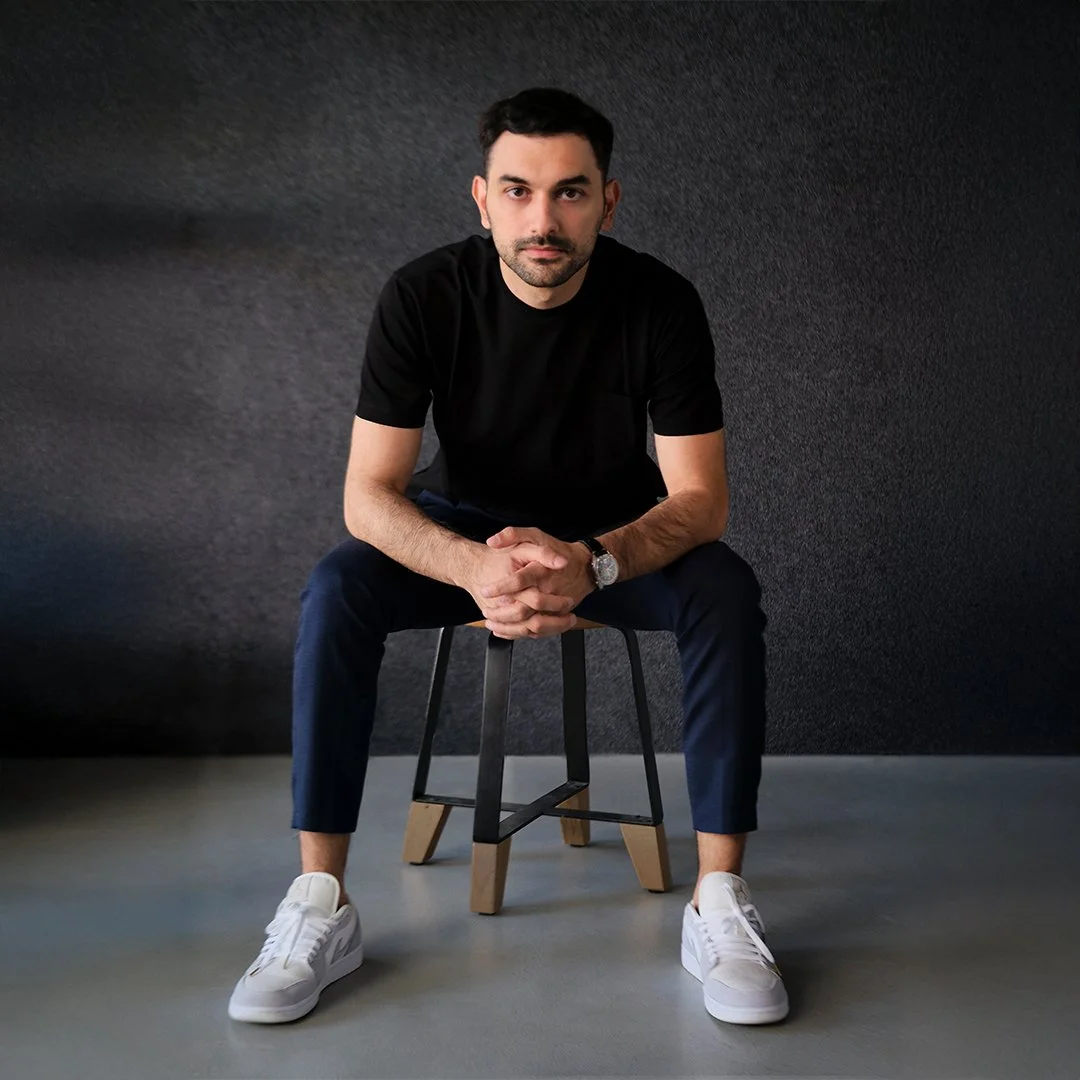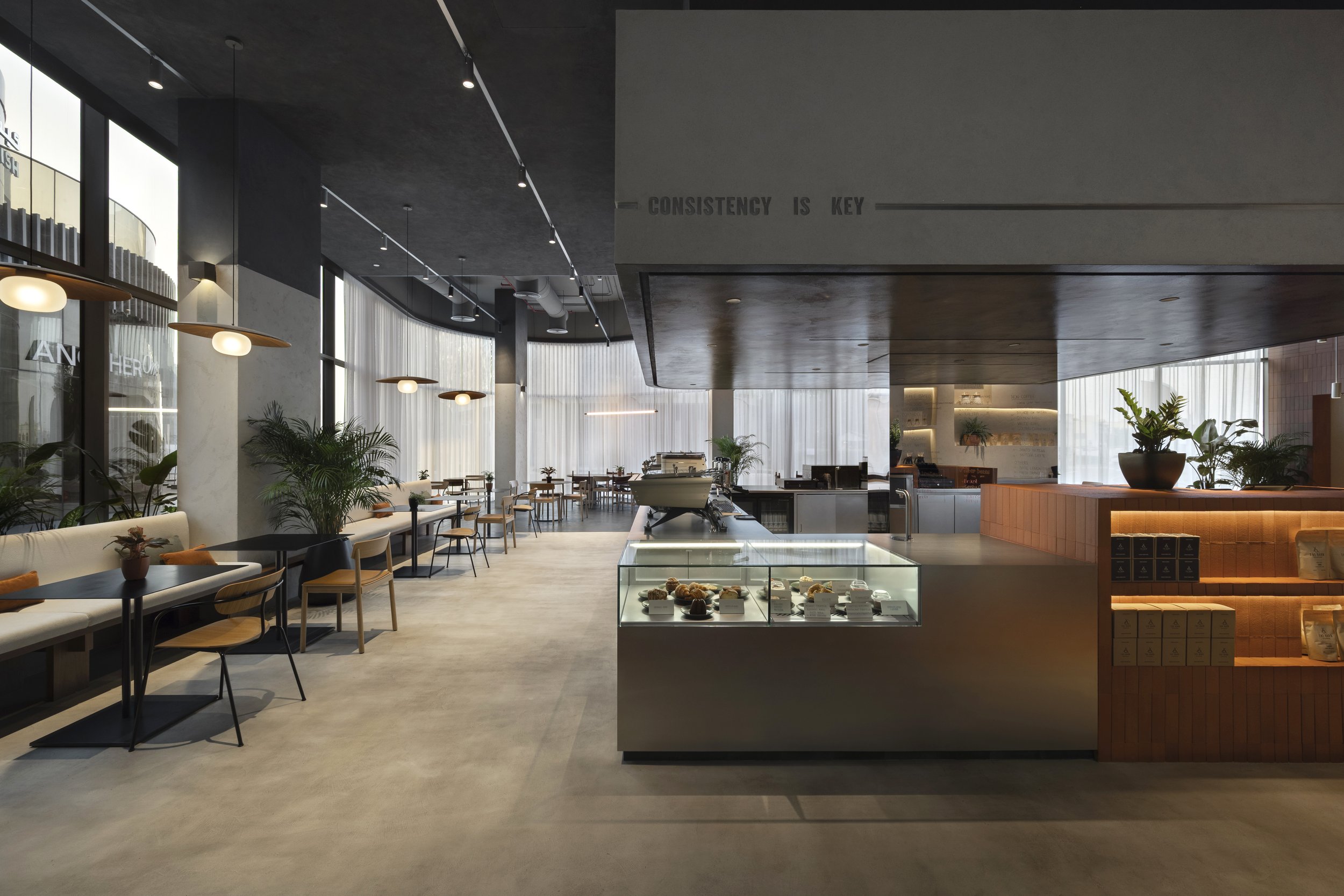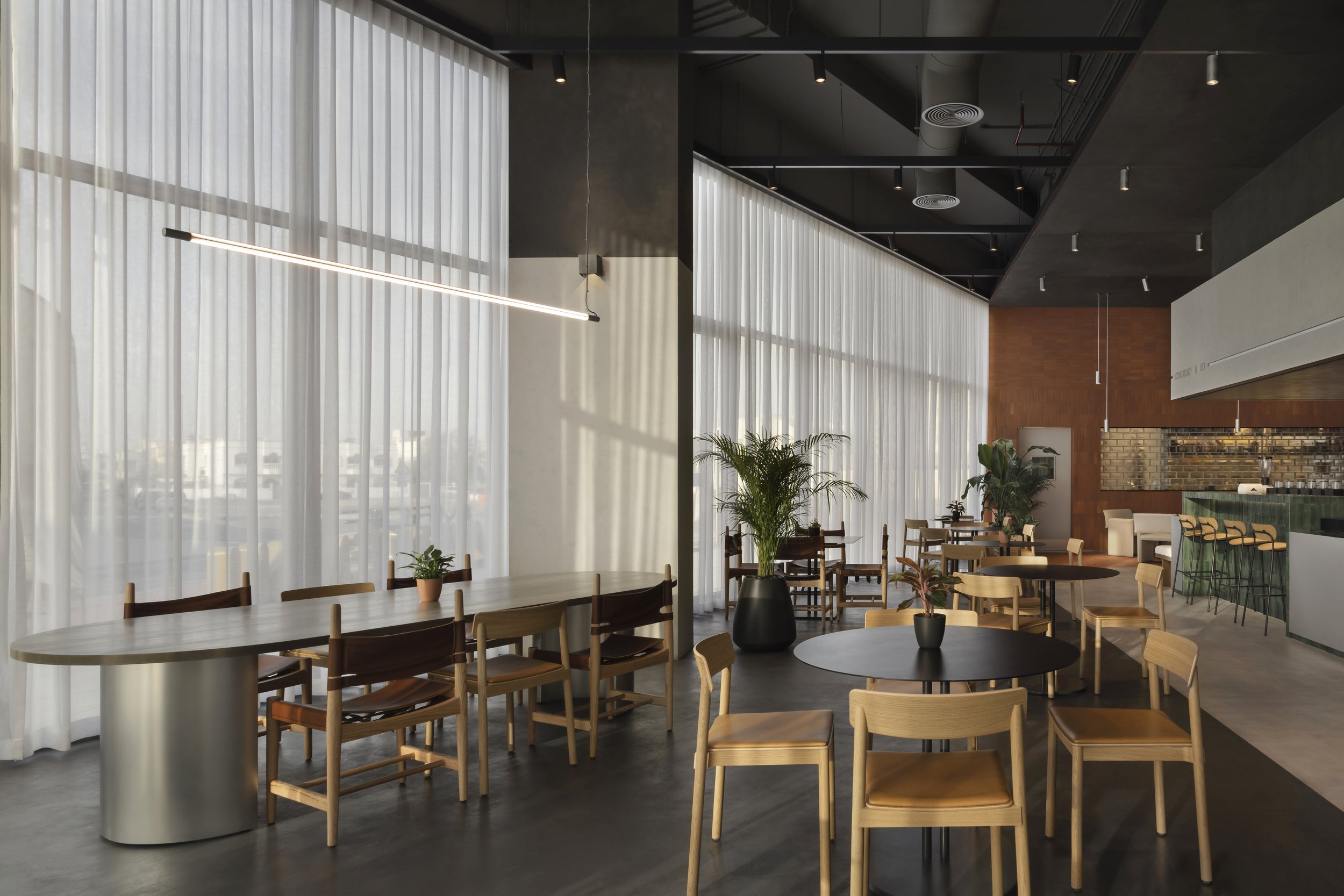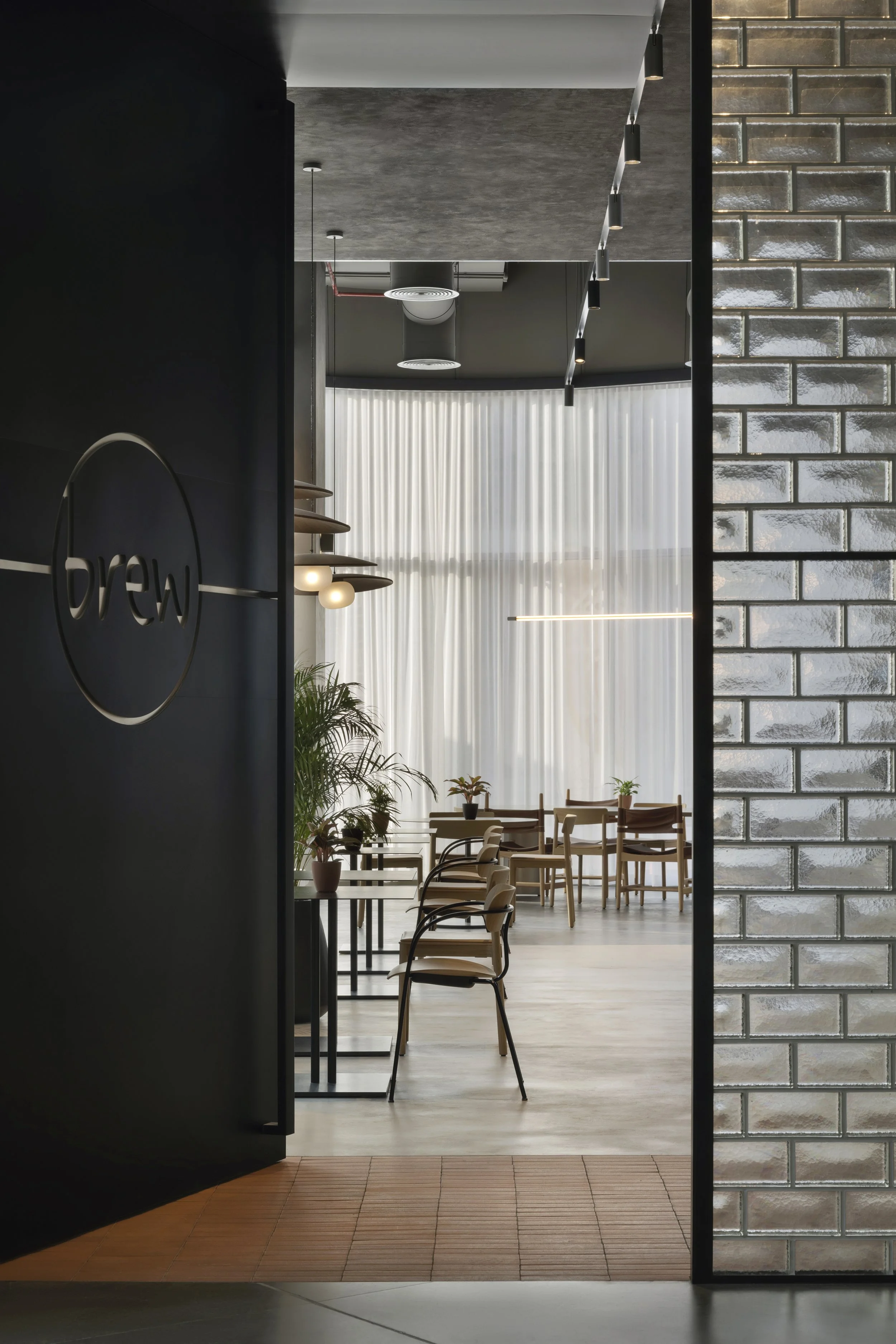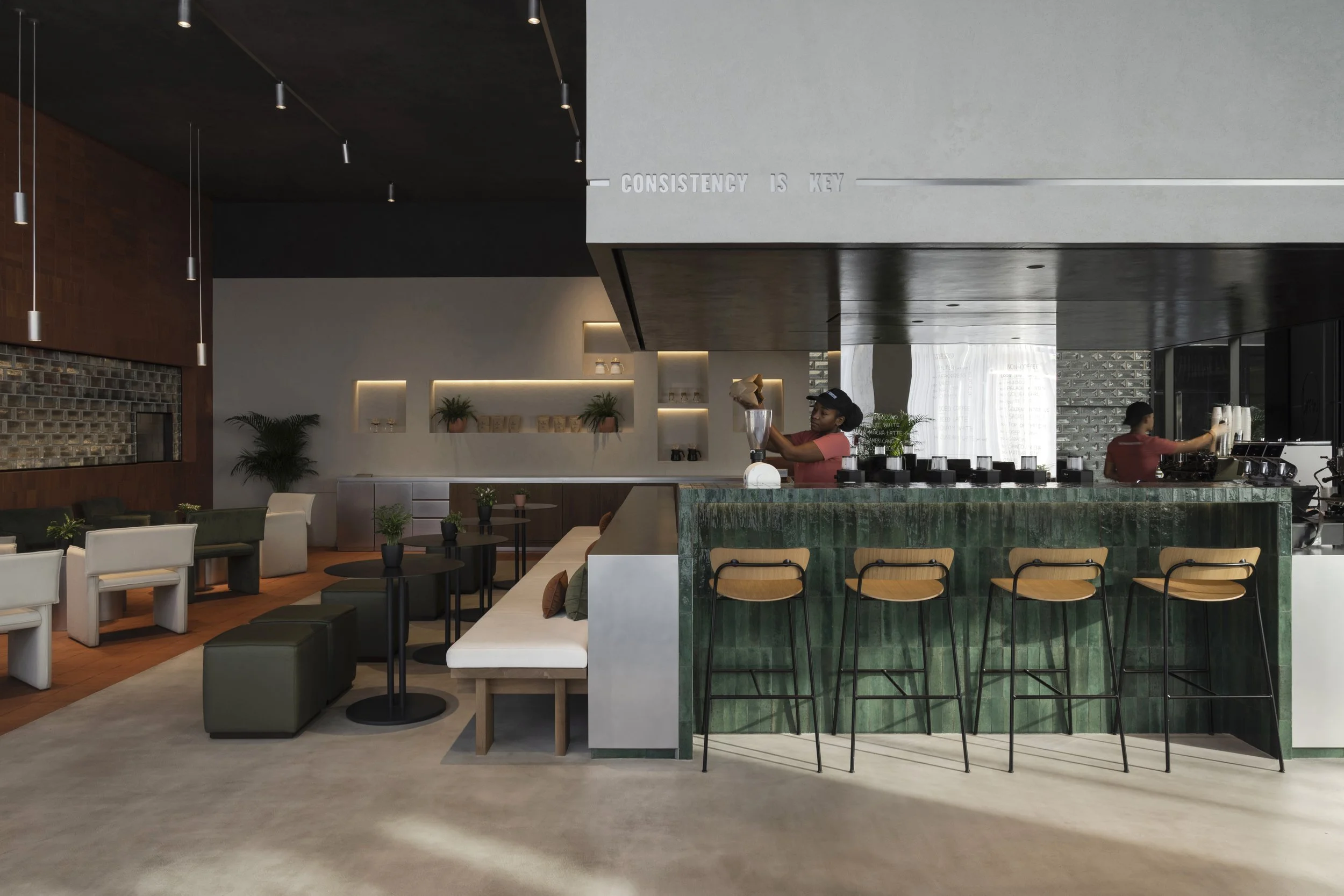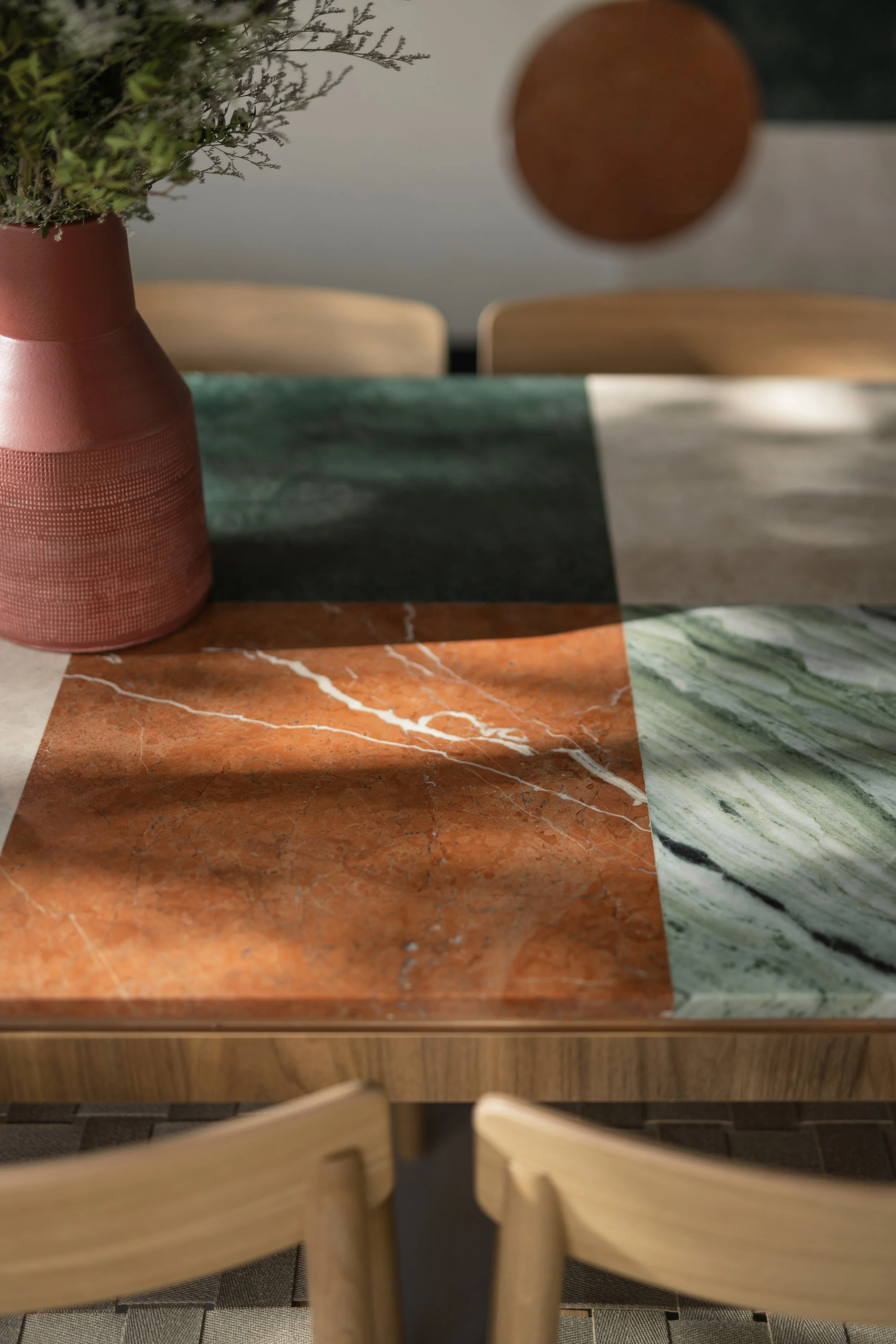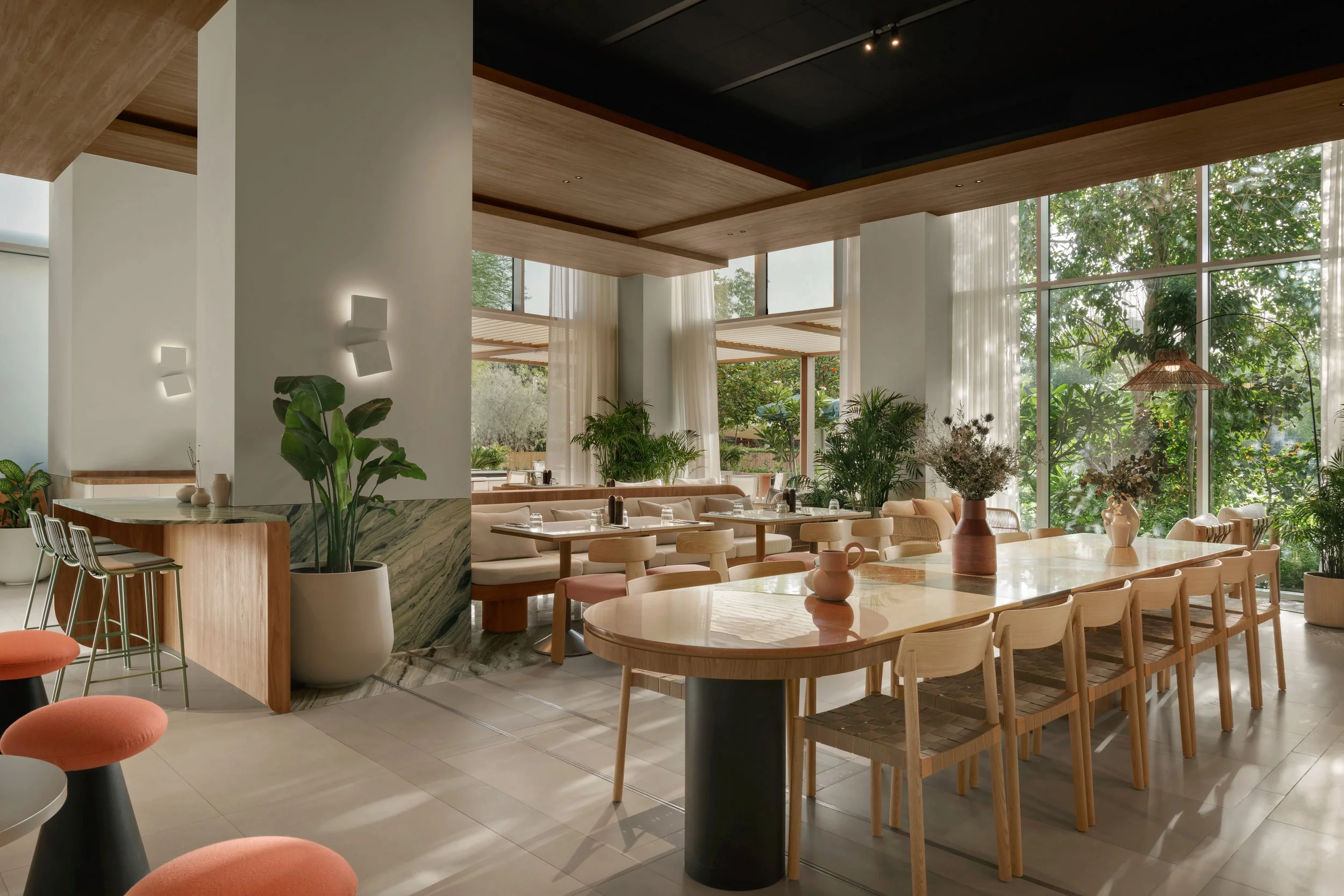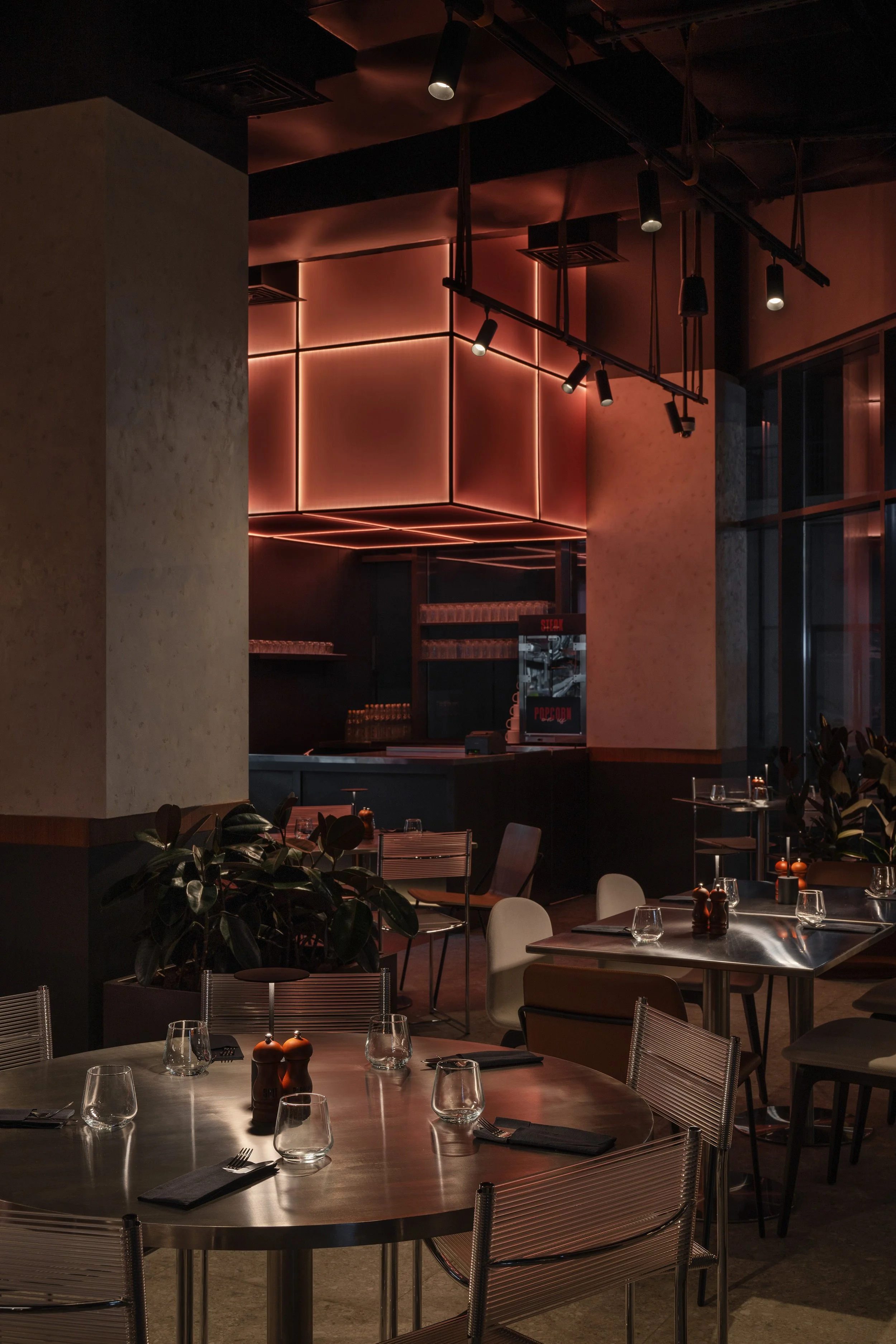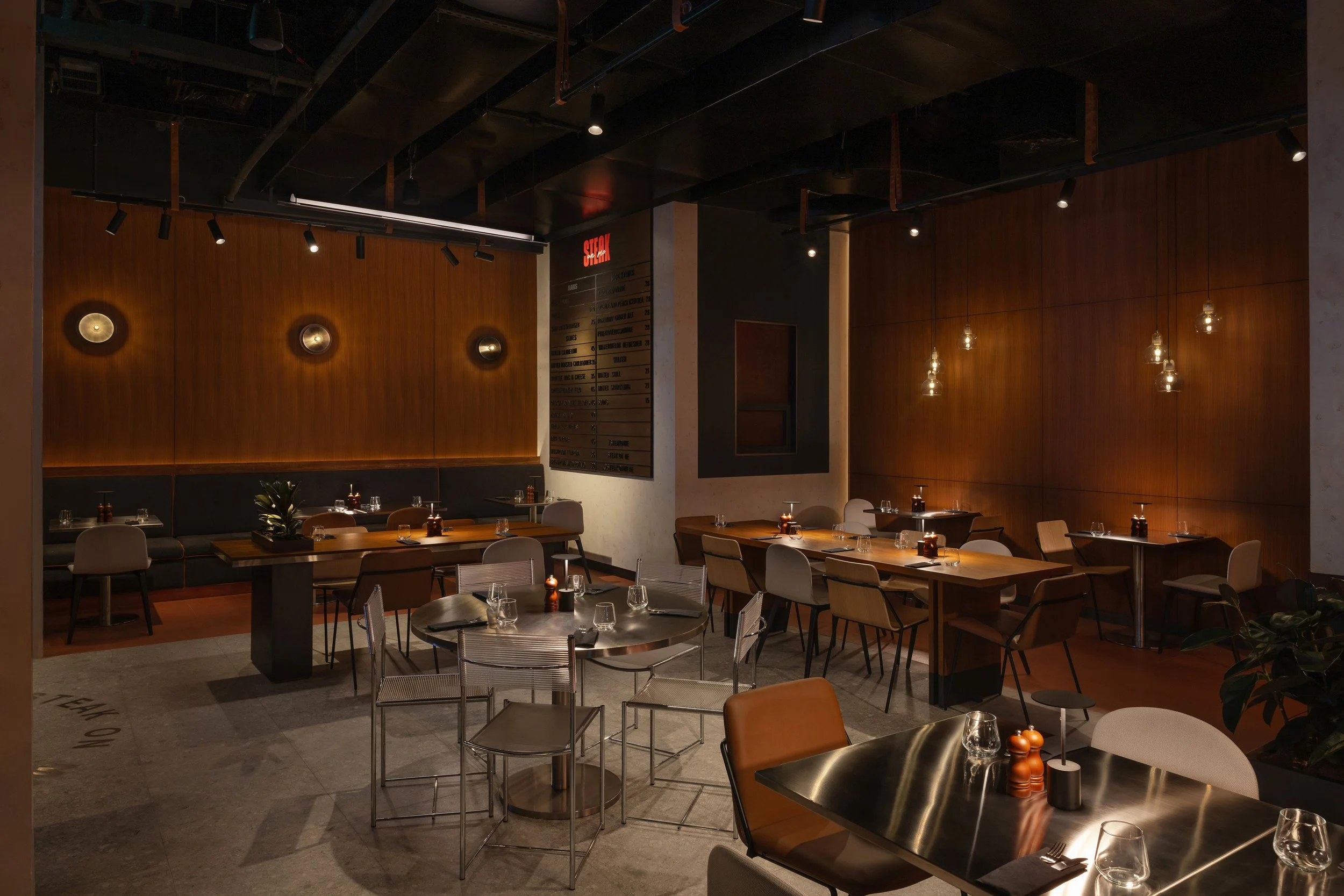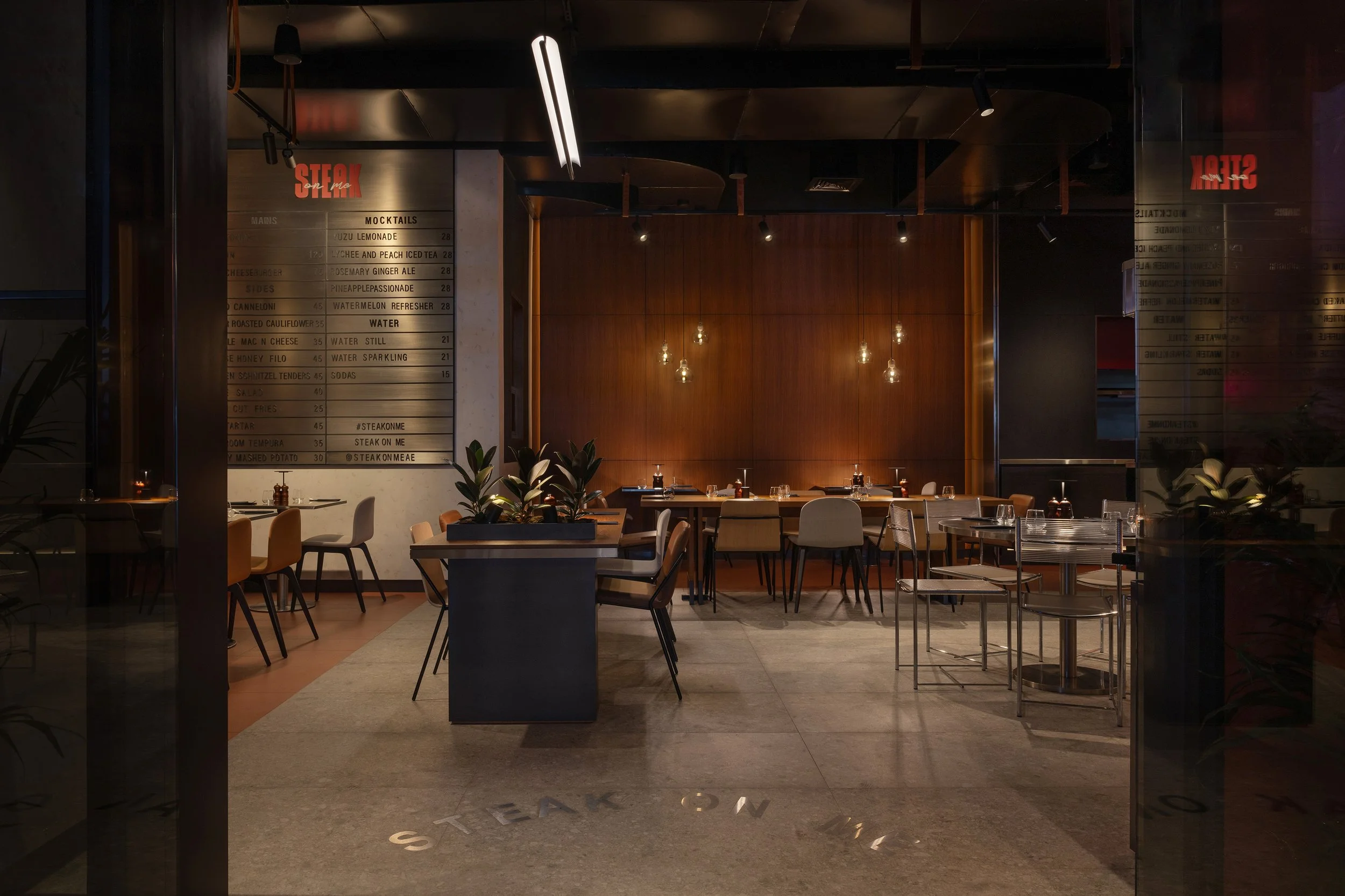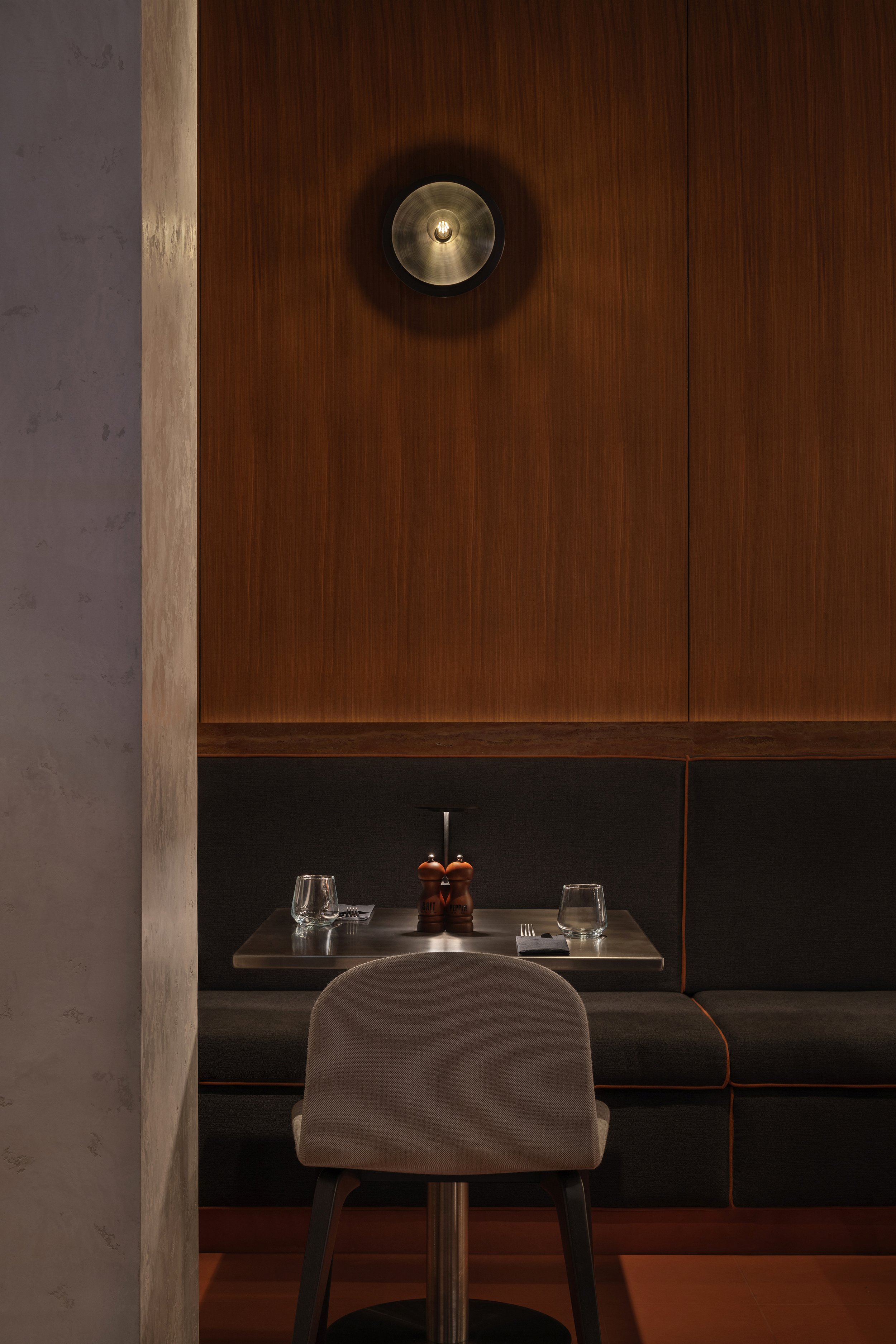An Interview With… Husain Roomi, Co-Founder of H2R Design
In a region defined by rapid growth and cultural convergence, creating interiors that feel both meaningful and authentic is no small feat. Husain Roomi, Co-Founder of Dubai-based H2R Design, leads a studio renowned for striking that delicate balance; crafting refined, approachable spaces that resonate emotionally while embracing modernity. From boutique hotels to dynamic F&B venues, H2R’s work embodies a design philosophy rooted in human connection, tactile sensitivity, and contextual storytelling.
In this exclusive interview, Husain shares insights into how H2R navigates the fast-paced, competitive landscape of the UAE, blending innovation with warmth, sustainability with style, and local relevance with global inspiration. He also reveals his favourite design-led experiences in Dubai and offers a glimpse into the studio’s vision for the future of interior design in the region.
H2R is known for its refined yet approachable interiors. How would you describe the studio’s design philosophy, particularly when working within the dynamic cultural landscape of the Middle East?
“Our philosophy is centered around creating spaces that are both meaningful and functional design that feels human. Especially in the Middle East, where there's such a rich cultural blend and a rapidly evolving landscape, we aim to strike a balance between modern relevance and deep-rooted storytelling. We want our interiors to resonate emotionally with the people who use them, to feel warm, intuitive, and lived-in, without ever feeling over-styled or out of touch.”
Your portfolio showcases a variety of spaces, from boutique hotels to contemporary F&B concepts. Are there any recent projects that you feel truly capture H2R’s creative identity?
“It’s hard to point to a single project, because our focus has always been to make sure that every project carries the H2R identity whether it’s a hotel, café, or retail concept. For us, that identity isn’t about repeating a style, but about staying true to our values: approachability, functionality, and a certain tactile sensitivity. Each project has its own narrative, but you’ll always find the H2R soul embedded within it.”
H2R Design’s Brew project / Photography: Natelee Cocks
Materiality plays such a crucial role in creating atmosphere. Can you share how you approach material selection, and are there any materials or finishes you find yourself gravitating towards for projects here in the UAE?
“Material selection is always guided by the nature and location of the project. Because we work across different markets, our specifications are tailored considering lead times, production capabilities, durability, and regional availability. We try, as much as possible, to source within the region of the project. This helps not only with logistics and cost but also makes life easier for our clients and contractors.”
Dubai has a reputation for bold, futuristic architecture, but your work often feels rooted in warmth and human connection. How do you strike that balance between innovation and authenticity in your projects?
“We always try to keep people at the center of our work. Innovation is important, especially in a place like Dubai, but it shouldn’t come at the expense of the soul. We look for ways to bring in authenticity through storytelling, materials, and spatial flow, even in the most contemporary frameworks. It’s about grounding design in purpose, creating moments of familiarity, surprise, and comfort, all at once.”
H2R Design’s Nette Al Barari project / Photography: Natelee Cocks
From your perspective, how does designing in the UAE differ from projects you’ve undertaken internationally? Are there specific opportunities or challenges unique to the region?
“The UAE has its own pace; it’s incredibly fast-moving, which means timelines can be tight and expectations high. But that also brings a lot of opportunity. Clients here are often open to ideas, to experimenting, and to pushing boundaries. On the flip side, because of the pace, there can be logistical challenges, so we’ve learned to be both creative and pragmatic. Each region we work in teaches us something new, but the UAE has been especially formative for us in learning how to think on our feet and design with agility.”
The F&B scene in Dubai is incredibly competitive and design-led. When approaching hospitality projects, what elements do you believe are essential to crafting an experience that feels both memorable and commercially successful?
“It starts with the story, understanding the brand and what it wants to say. From there, we look at how that story can come alive across touchpoints: layout, lighting, acoustics, flow, and even brand identity. Design needs to support operations, not just aesthetics. A successful F&B space needs to be visually compelling but also intuitive, a place where people want to stay, return to, and recommend. We don’t see design as a layer on top; it’s integrated with the full customer experience.”
H2R Design’s Steak On Me / Photography: Natelee Cocks
Sustainability is becoming an increasingly important conversation in design. How do you incorporate sustainable practices or materials into your projects without compromising on aesthetic impact?
“Thankfully, there’s a growing awareness across the industry, more brands and suppliers are prioritizing sustainability, which makes it easier to maintain our design vision without compromise. Sustainability isn’t just about materiality, it’s about longevity too. A well-designed space that stands the test of time is inherently sustainable.”
With Dubai in particular continuing to evolve at such a fast pace, what excites you most about the future of interior design in the city, and how do you see H2R contributing to that future?
“There’s a growing appreciation for thoughtful, grounded design in Dubai, a shift from spectacle to substance. That really excites us. As a studio, we want to keep contributing to this shift by creating spaces that are emotionally resonant, culturally relevant, and built with care. Whether it's hospitality, retail, or public space, we believe there’s room to keep raising the bar and helping the region mature in its design voice.”
H2R Design’s Vida Beach Resort Project / Photography: Natelee Cocks
Other than your own designs, are there any projects you have experienced recently that have captivated you?
“We’re constantly inspired by what’s happening around the world, we are always observing, learning, and benchmarking. There’s not a particular project that stands out, but rather movements we’re excited by. Recently, we were in 3DOD in Copenhagen, and it was incredibly inspiring to experience the Scandinavian approach up close. It reminded us of the power of restraint, detail, and material conscious.”
For those visiting Dubai, or those new to the scene, what are your top design-led experiences you’d recommend?
“Dubai really does have something for every design lover. Take Edition, for example, where timeless elegance meets modern minimalism. Think plush textures, moody lighting, and that kind of quiet luxury that feels both grounded and cool. Then there’s SIRO Hotel, which leans into performance-driven design. It’s sleek, bold, and built for movement - combining clean lines with wellness-focused functionality. You can feel the energy the moment you walk in.
On the F&B side, Honeycomb Hi-Fi is a standout. It blends Japanese listening bar culture with retro-futuristic interiors, creating a space where the acoustics are just as considered as the cocktails.
And of course, there’s our own home base at The Courtyard in Al Quoz. It's one of those rare places that never goes out of style - creative, community-driven, and full of character. It's been a fixture in the scene for years and inspires us every day.”

